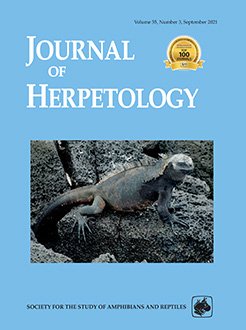Desiccation may increase egg and tadpole mortality of anurans that reproduce in temporary ponds. Tadpoles of some species, however, can survive temporarily out of water. Among leptodactylids, desiccation-resistant tadpoles were reported only for species that use terrestrial foam nests for reproduction. To test whether Leptodactylus tadpoles' ability to survive out of water represents an exclusive trait of species with terrestrial nests, we compared survival and resistance to hydric stress of tadpoles of six different species of the Leptodactylus groups and one Physalaemus. We also present an exploratory discussion about the evolutionary association between dehydration-tolerant tadpoles, egg-laying microhabitat, and nitrogen excretion type. Tadpoles were divided into two groups, one staying in 100 mL of water and another subjected to hydric stress on moist paper substrate. Our results indicate that tadpoles resistant to desiccation are not common for all species tested, as only the species with terrestrial nests survived longer and lost less body mass than the other related species. As an estimate, tadpoles of terrestrial-nesting frogs were seven times more resistant to desiccation than those with eggs/nests placed directly into the water. A possible dehydration-resistance mechanism is the premetamorphosis ureotelism that has been shown in terrestrial breeding species with tadpoles that survive some time out of water. Therefore, the capacity of tadpoles to survive a few days after pool drying probably arose from the evolutionary association between terrestrial reproduction and the tadpole ability to prevent body dehydration by a mechanism such as ureotelism.
How to translate text using browser tools
27 July 2021
Tadpoles' Resistance to Desiccation in Species of Leptodactylus (Anura, Leptodactylidae)
Diego P. Venturelli,
Wagner R. da Silva,
Ariovaldo A. Giaretta
ACCESS THE FULL ARTICLE

Journal of Herpetology
Vol. 55 • No. 3
September 2021
Vol. 55 • No. 3
September 2021




